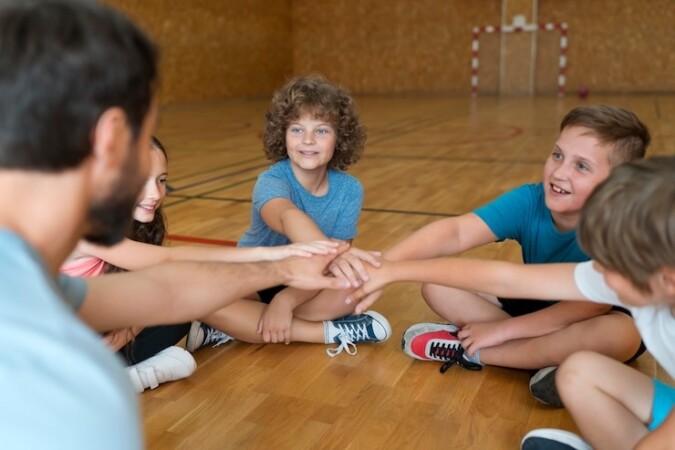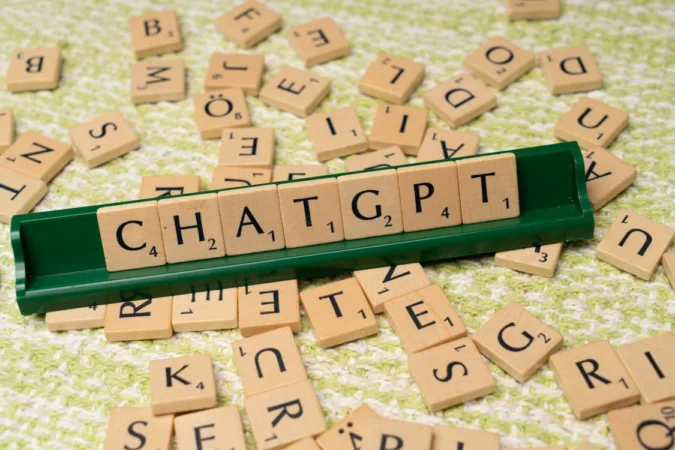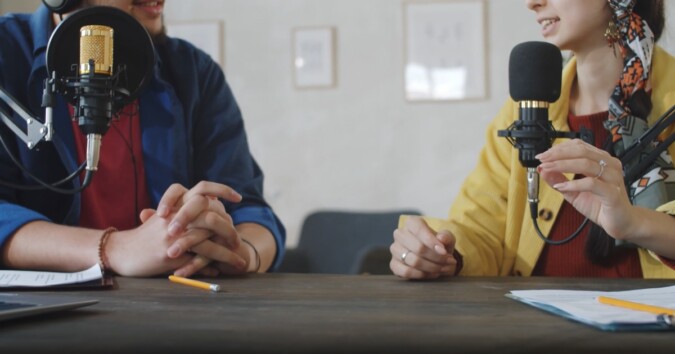Physical education (PE) has long been part of the traditional school curriculum, yet its importance is often downplayed, especially in underserved schools where academic pressures and budget constraints dominate.
In these environments, PE is frequently seen as expendable—a luxury rather than a necessity. However, a growing body of evidence suggests a strong correlation between regular physical activity and improved academic outcomes.
This article investigates how PE participation in underserved schools positively influences student performance by boosting brain function, enhancing mental well-being, improving discipline, and fostering motivation.
Understanding Underserved Schools and the Role of PE
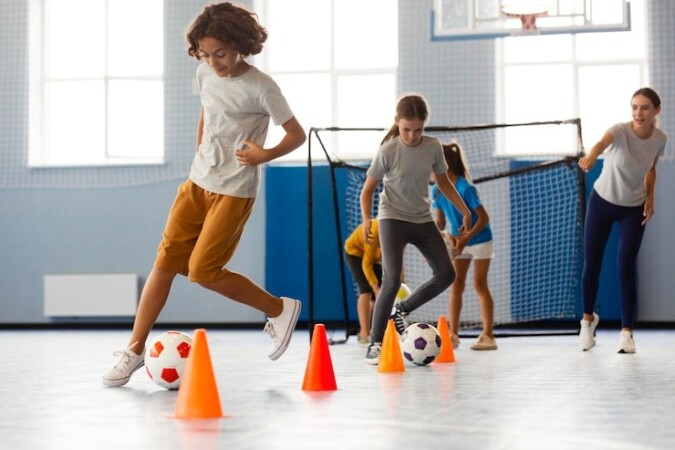
What Defines an Underserved School?
Underserved schools are typically characterized by limited funding, outdated infrastructure, low teacher-to-student ratios, and high levels of socioeconomic disadvantage.
These schools often serve minority populations in urban or rural areas and face chronic underinvestment.
Educational disparities are evident in test scores, graduation rates, and access to enrichment programs—including physical education.
Barriers to Physical Education in Marginalized Communities
In underserved schools, physical education programs frequently struggle due to budget cuts, a shortage of qualified instructors, limited facilities, or the prioritization of core academic subjects.
Unlike well-resourced schools that provide gymnasiums, organized sports teams, and fitness equipment, many underserved schools can hardly offer consistent PE classes.
As a result, students miss out on valuable opportunities for structured physical activity—and memorable football, basketball moments that often play a key role in fostering teamwork, confidence, and school spirit.
Disparities in PE Participation
While the Centers for Disease Control and Prevention (CDC) recommends that children engage in at least 60 minutes of moderate-to-vigorous activity daily, many students in underserved schools fall far short of this benchmark.
Research indicates that students in wealthier districts are more likely to participate in daily PE than their counterparts in poorer areas. This discrepancy contributes to a growing gap in both physical health and academic performance.
Cognitive and Psychological Benefits of Physical Activity
How Exercise Enhances Brain Function
Physical activity directly stimulates brain regions associated with memory, learning, and emotional regulation.
Aerobic exercise increases blood flow to the brain, supports the release of neurotransmitters like dopamine and serotonin, and fosters neurogenesis—the growth of new brain cells.
These physiological effects translate to better focus, sharper memory, and increased cognitive flexibility.
Improved Concentration and Mental Stamina
Students who regularly participate in PE often demonstrate heightened levels of alertness and the ability to sustain attention over long periods.
This is crucial for academic tasks that require deep concentration, such as reading comprehension, problem-solving, and test-taking.
For underserved students who may face additional stressors outside the classroom, this cognitive boost can be transformative.
Reduction in Stress and Emotional Distress
Physical activity is a natural stress reliever. Exercise reduces cortisol levels and triggers the release of endorphins, chemicals that act as mood elevators.
In underserved communities where students may be coping with trauma, poverty, or household instability, PE offers a safe outlet for emotional release and regulation.
Case Studies: PE and Academic Engagement
Several school-based interventions have demonstrated that students who engage in structured PE programs show improved classroom behavior and higher engagement.
In a study conducted by the California Department of Education, students with high levels of physical fitness scored better in standardized testing across multiple subjects.
Another study in inner-city Chicago schools found that daily PE reduced behavioral infractions and increased class participation.
Academic Performance Outcomes Related to PE Participation

Standardized Test Scores and GPA Improvements
Multiple longitudinal studies have established a positive correlation between regular physical activity and academic performance.
Students who meet physical fitness standards tend to outperform their less active peers in math, reading, and writing. In low-income settings, where students often begin school at an academic disadvantage, PE can serve as a cognitive equalizer.
Boost in Attendance and School Engagement
Chronic absenteeism is a major issue in underserved schools. PE can help reverse this trend by making school more enjoyable and by improving students’ overall health, thereby reducing sick days.
Schools that incorporate engaging physical activities often observe better attendance rates and a more positive school climate.
Greater Motivation and Academic Confidence
Physical activity nurtures intrinsic motivation, particularly when students see progress in their physical capabilities. This sense of accomplishment often transfers to academic pursuits.
Students learn to set goals, work hard, and see results—skills that are just as valuable in the classroom as they are on the field or in the gym.
Development of Executive Functions
Executive functioning includes skills such as planning, organization, time management, and impulse control. These are all critical for academic success.
Regular PE participation enhances these functions by encouraging students to follow instructions, adhere to routines, and make quick decisions under pressure.
Socio-Emotional and Behavioral Impacts
Teamwork, Leadership, and Resilience
Physical education often involves group activities that require cooperation and communication. In underserved schools, where students may lack opportunities for positive peer interaction, PE provides a structured environment to develop social skills.
Participation in team sports, for instance, encourages leadership, perseverance, and mutual respect.
Improved Behavior and Reduced Disciplinary Actions
Schools that maintain strong PE programs report fewer behavioral problems.
Physical activity allows students to channel their energy constructively and reduces incidents of aggression and classroom disruption.
A calmer, more focused student body directly contributes to a more effective learning environment.
Positive Identity Formation and Self-Esteem
Many students in underserved schools struggle with low self-worth due to external socioeconomic pressures.
PE provides an avenue for students to excel in non-academic areas, which can reshape their self-image and give them the confidence to tackle academic challenges.
This is particularly impactful for students who may not receive affirmation in traditional classroom settings.
How Behavior Changes Translate to Academic Gains
As students gain confidence and develop better behavioral habits through PE, these improvements often show up in the classroom.
Teachers report that students with regular physical activity exhibit greater impulse control, better communication, and improved problem-solving abilities—factors that enhance the overall academic experience.
Challenges and Limitations in Current Research and Implementation
Inconsistent Data in Underserved Contexts
One significant hurdle in fully understanding the link between PE and academics is the lack of consistent, large-scale data from underserved schools.
Many studies are either regional or short-term, making it difficult to generalize findings or secure long-term policy change.
Varying Definitions of Academic Success
“Academic performance” can mean different things depending on the metric used—standardized test scores, GPA, class participation, or graduation rates.
Without a unified definition, it’s challenging to quantify the impact of PE across the board.
PE Policy Constraints and Academic Pressures
Schools are often forced to prioritize reading and math instruction to meet state or federal mandates, sidelining PE in the process.
This narrow focus overlooks the broader benefits of holistic education and puts PE at a disadvantage during scheduling and budget decisions.
Cultural Attitudes Toward Physical Activity
In some communities, there may be less cultural emphasis on physical education, especially when parents and administrators are unaware of its academic benefits.
This misunderstanding can result in undervaluing PE’s role in the overall development of students.
Recommendations and Strategies for Improvement
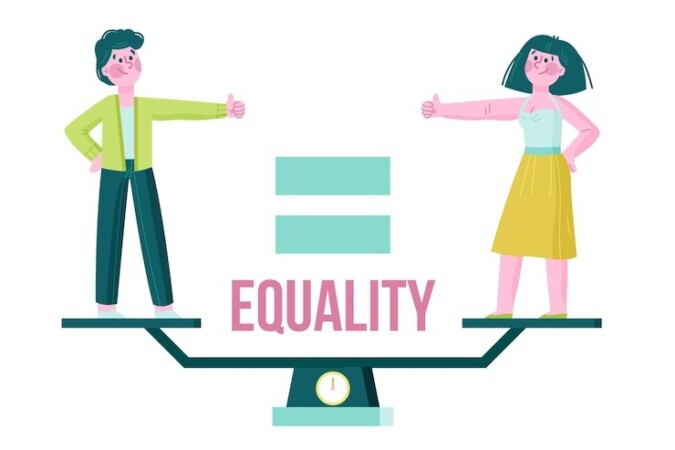
Ensuring Equal Access to Quality PE
Underserved schools need dedicated funding streams for PE infrastructure, equipment, and personnel. Policymakers should consider PE a core subject, not an elective, and ensure that all schools—regardless of zip code—offer equitable access to high-quality physical education.
Integrating PE With Academic Content
Innovative educators are finding ways to combine academic instruction with physical activity. Kinesthetic learning techniques, such as movement-based math games or vocabulary relays, keep students engaged and make learning more dynamic.
Training Educators to Support Physical Literacy
Teachers and administrators need professional development that underscores the connection between physical and academic growth. Cross-disciplinary training can help educators incorporate movement into everyday lessons and reinforce the importance of wellness.
Community and Policy Support for Sustainable Change
Partnerships with community organizations, health departments, and local sports clubs can provide resources and personnel to bolster PE programs.
At the policy level, legislation should mandate minimum PE hours and provide oversight to ensure compliance in low-income districts.
Conclusion
The evidence is clear: physical education does far more than promote fitness. In underserved schools, it acts as a lever for academic improvement, emotional resilience, and social development.
PE is not an expendable luxury but a critical tool in closing achievement gaps and creating more equitable educational outcomes.
To ignore its role in underserved schools is to overlook a powerful, research-backed strategy for unlocking student potential. Investing in PE is investing in the whole student—and in their future.

